Ineffective medical treatment due to resistant epilepsy
Patient BQK (9 years old, in Hanoi ) with drug-resistant epilepsy has just been successfully treated by doctors at Vinmec Central Park Hospital (HCMC) using Autoguide positioning robot technology.
Previously, in 2021, K. had unusual seizures and was taking epilepsy medication as prescribed by a doctor. In 2024, despite increasing the dose and combining many medications, the patient still had frequent seizures, sometimes dozens of times a day. The prolonged seizures seriously affected the child's physical and intellectual development. Despite treatment in many places at home and abroad, the child's condition did not improve.
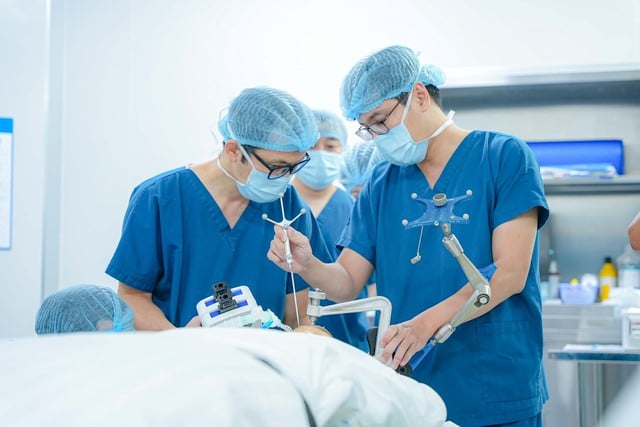
The team of doctors set up the Autoguide robotic arm before inserting the electrode into the skull.
PHOTO: THANH TUYEN
The family took the baby to Vinmec Central Park Hospital for examination. Here, after a multidisciplinary examination, consultation and comprehensive assessment, the doctors decided to apply the technique of placing intracranial electrodes under the positioning of the Autoguide robot.
According to Vinmec Central Park Hospital, K.'s case is a complicated one. Existing techniques such as scalp electroencephalography, magnetic resonance imaging (MRI) or PET scan cannot detect a clear epileptic focus. The patient has used the maximum dose of medication but cannot control the disease.
To accurately determine the epileptic focus, doctors need to implant electrodes deep into the brain and record intracranial electroencephalography (SEEG) continuously for many days (the data helps to accurately determine the epileptic focus located deep in the right orbital forehead and inferior frontal lobe, where many large nerves and blood vessels such as vision and smell are concentrated). This is a specialized technique, requiring almost absolute precision to avoid damaging important nerve and blood vessel structures.
During surgery, the Autoguide robot acts as an intelligent navigation system, helping the doctor locate and insert electrodes into the brain accurately, quickly, and with minimal invasiveness. The robot arm is pre-programmed to ensure that the electrodes go to the correct location for examination without affecting functional areas.
The small incisions, only a few millimeters in size, reduce pain, reduce the risk of infection and shorten surgery time. Previously, electrode placement was largely based on skill and experience. With Autoguide, surgery achieves maximum precision in complex cases.
Thanks to precise positioning from the robot, the surgery is safe, limits blood loss, has a short intervention time, and leaves no neurological sequelae.
To date, more than 1 month after surgery, the BQK patient has recovered well, with no neurological deficits. Only 2 mild seizures were recorded during sleep, compared to dozens of seizures per day before surgery.
Vinmec Central Park is currently one of the few medical facilities in Vietnam that owns the Autoguide positioning robot system.
Source: https://thanhnien.vn/cong-nghe-robot-dinh-vi-autoguide-dieu-tri-dong-kinh-khang-tri-185250725153610086.htm



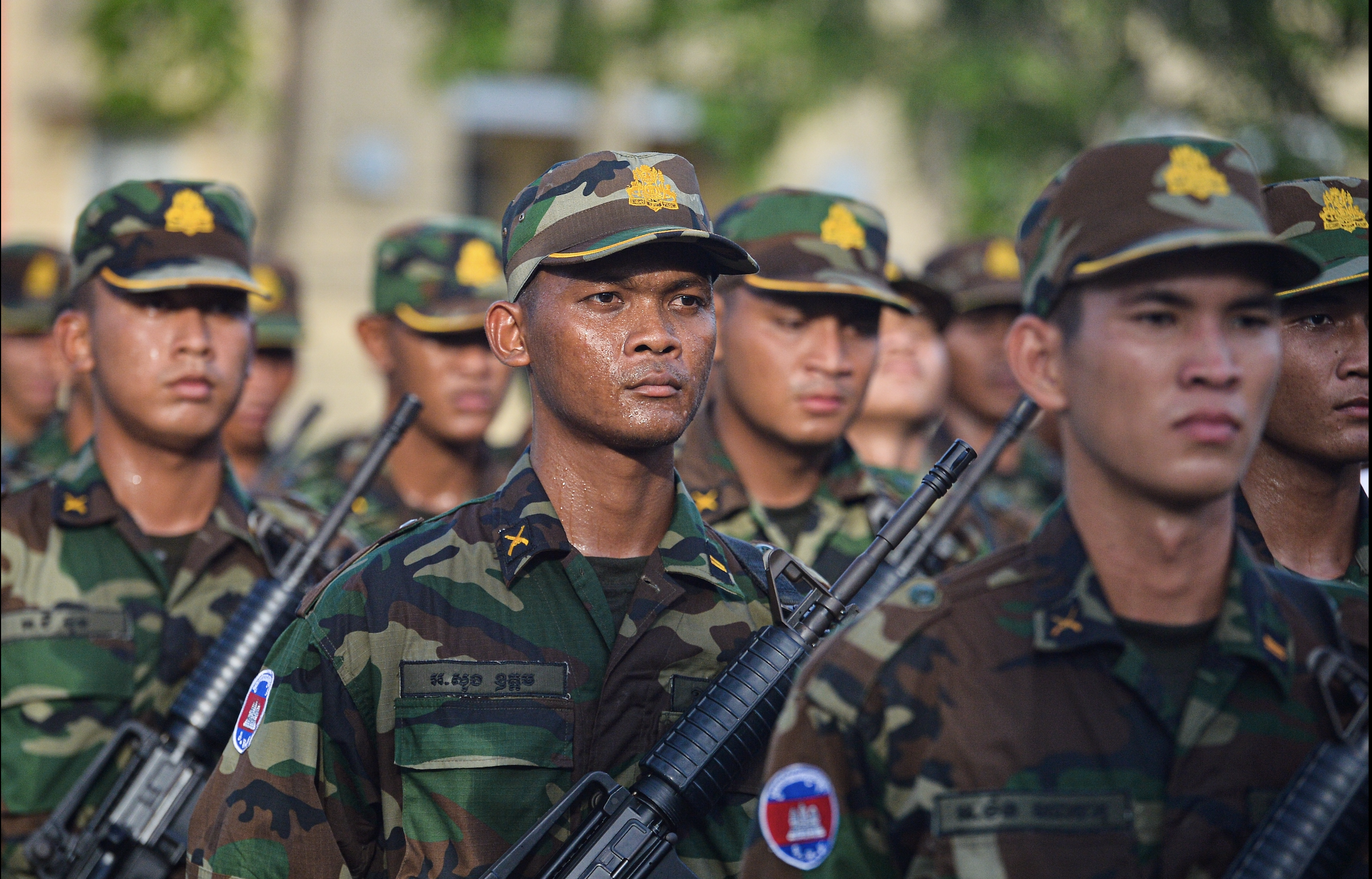
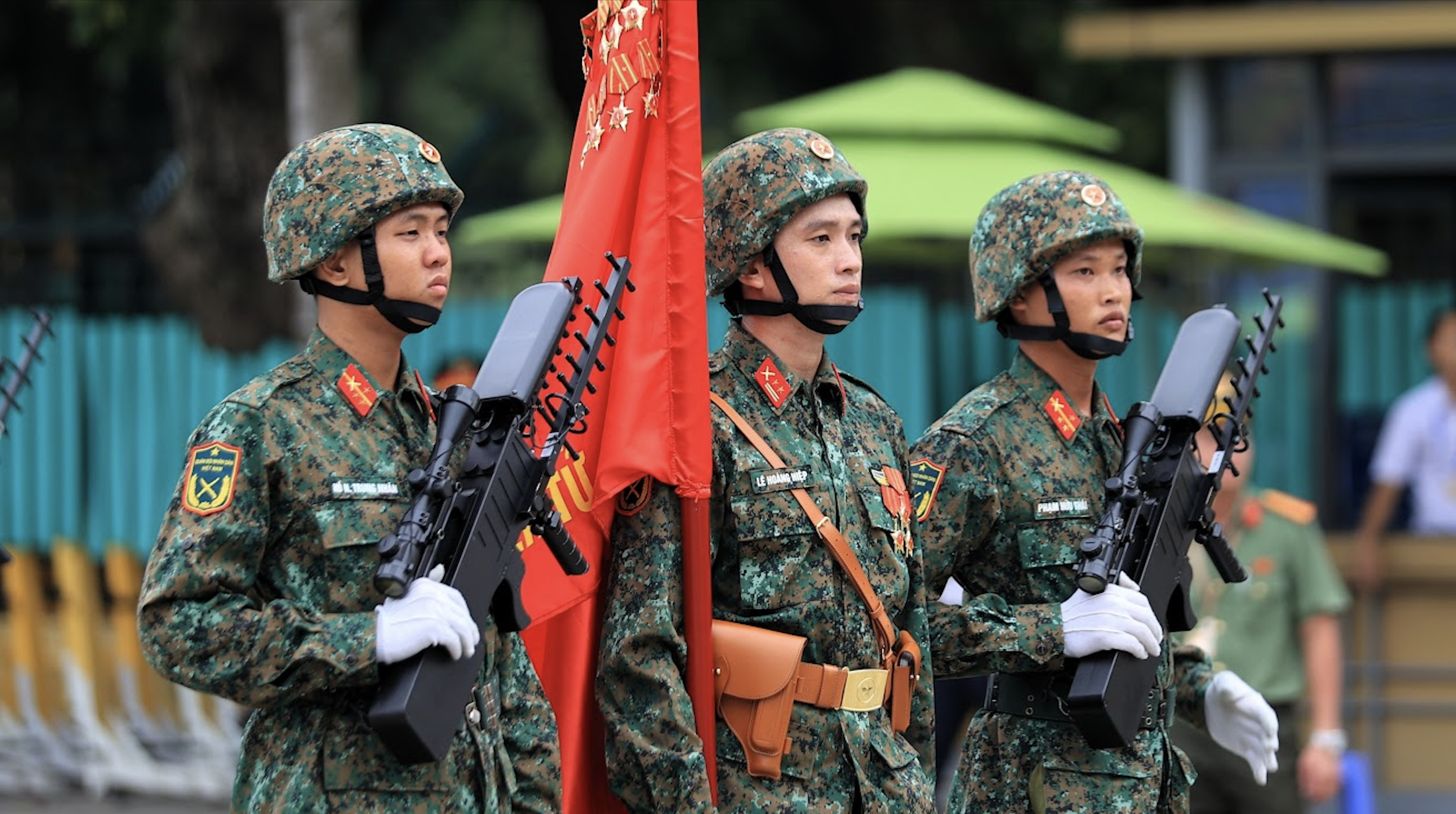
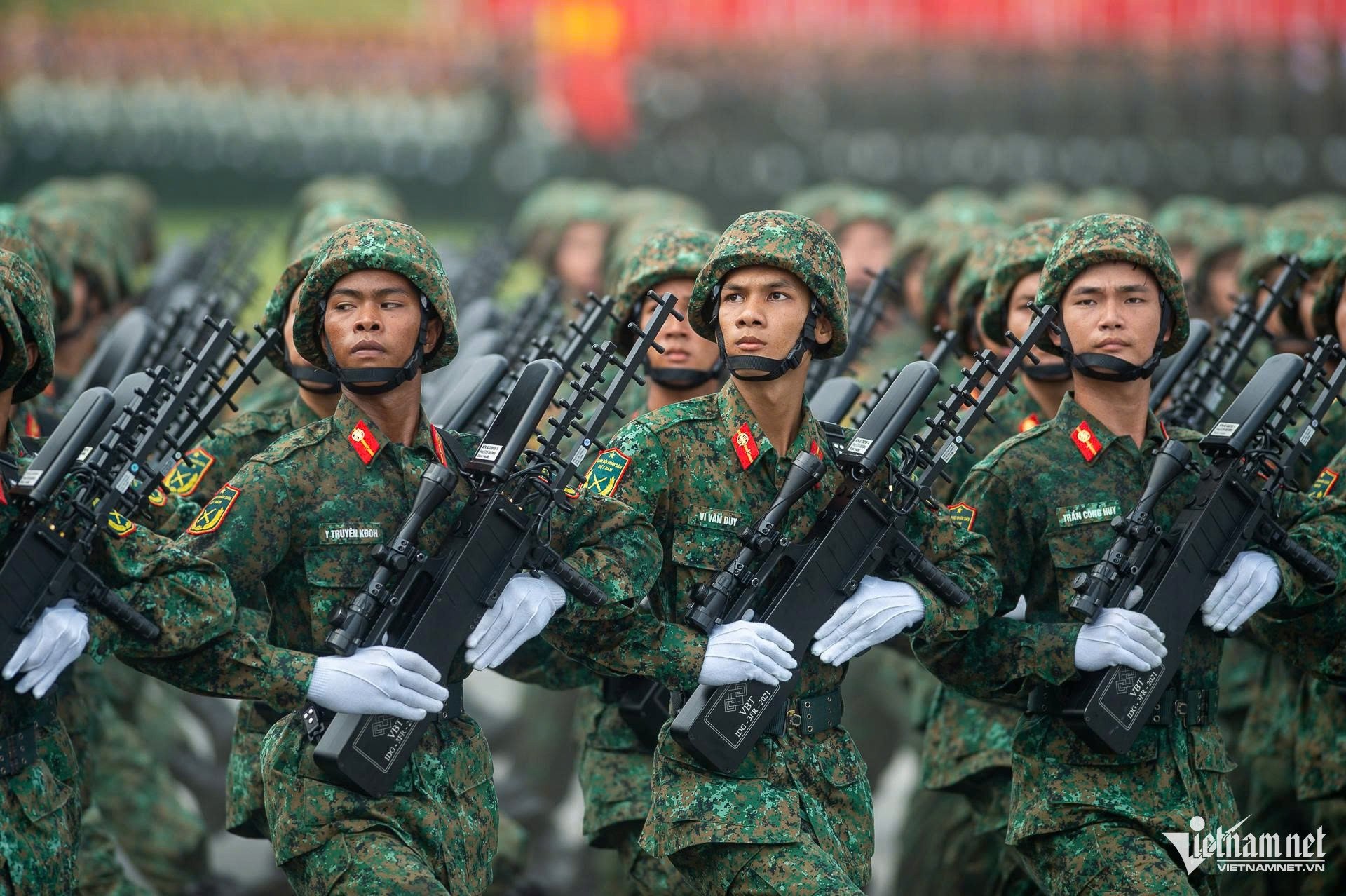






![[Photo] President Luong Cuong attends special political-artistic television show "Golden Opportunity"](https://vstatic.vietnam.vn/vietnam/resource/IMAGE/2025/8/22/44ca13c28fa7476796f9aa3618ff74c4)
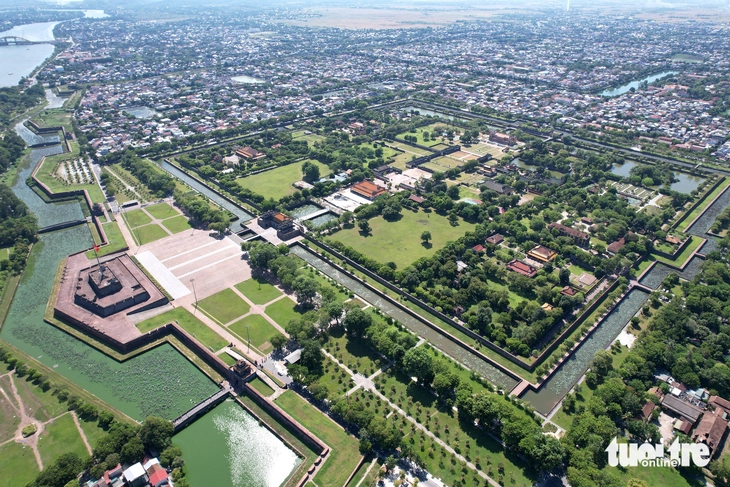




























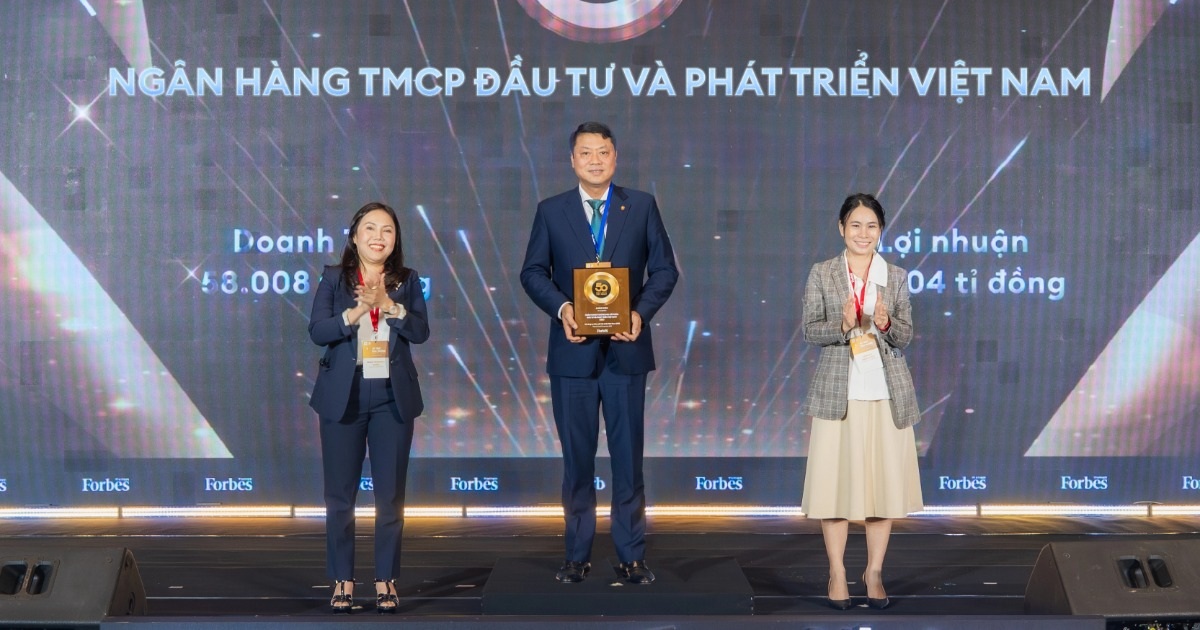

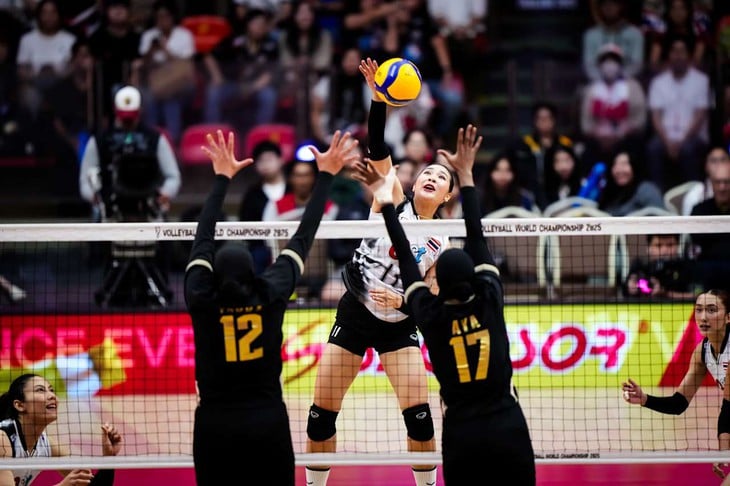




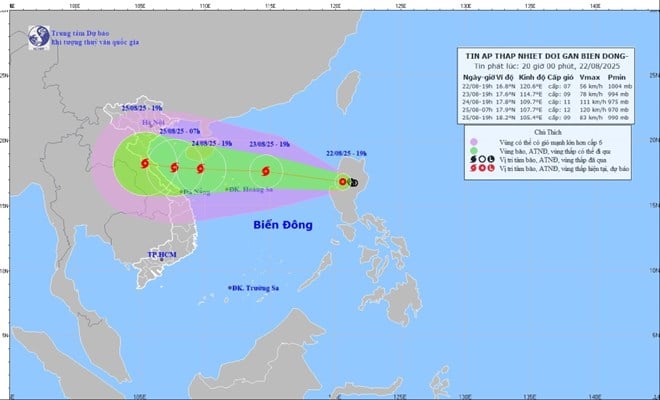







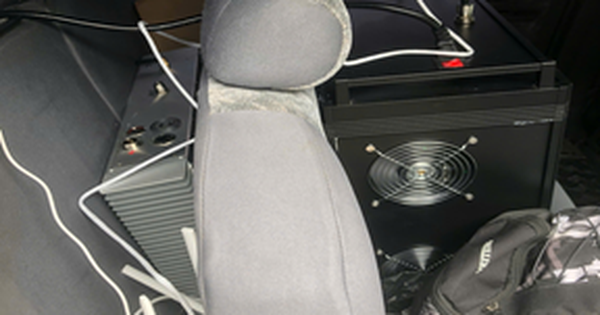
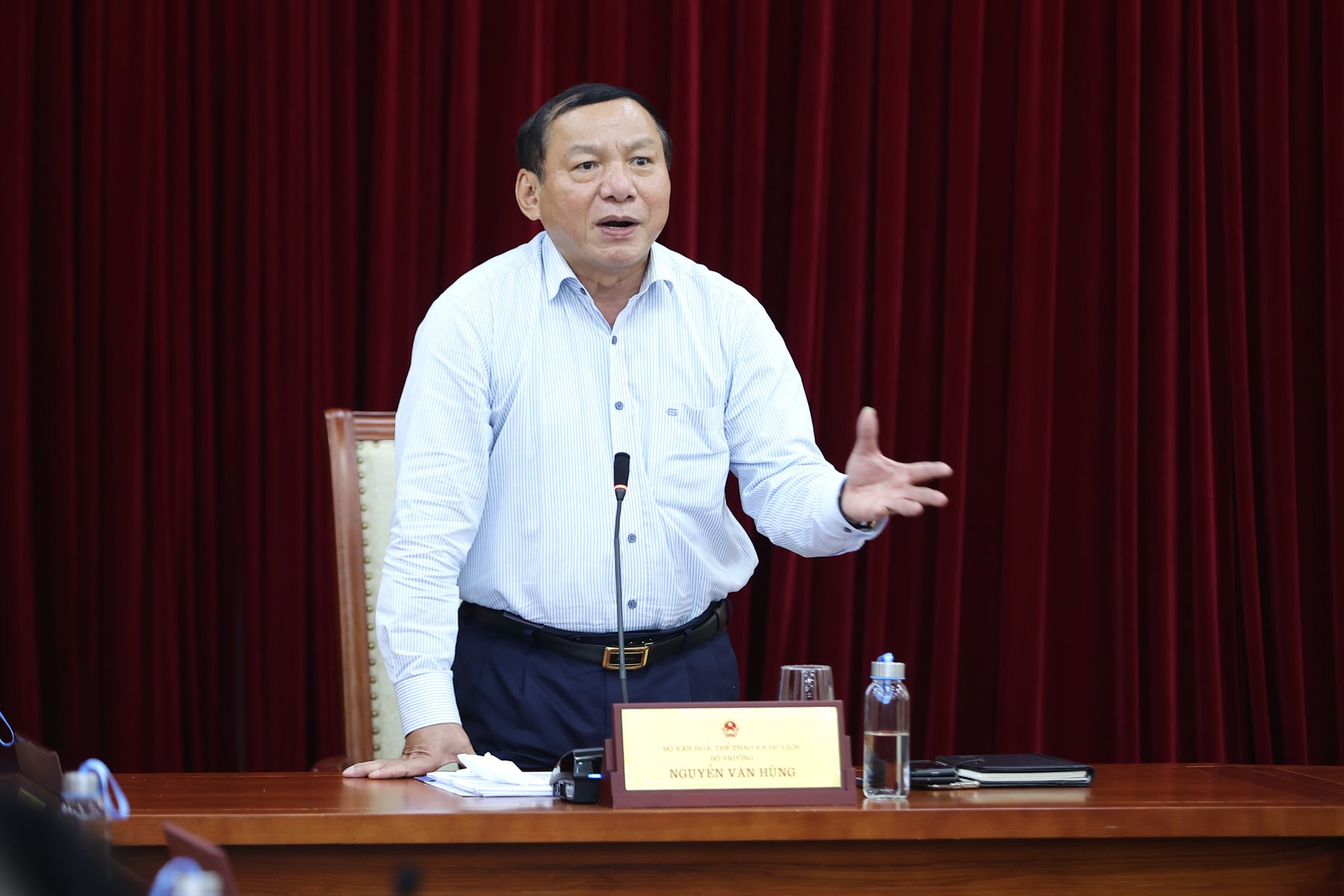
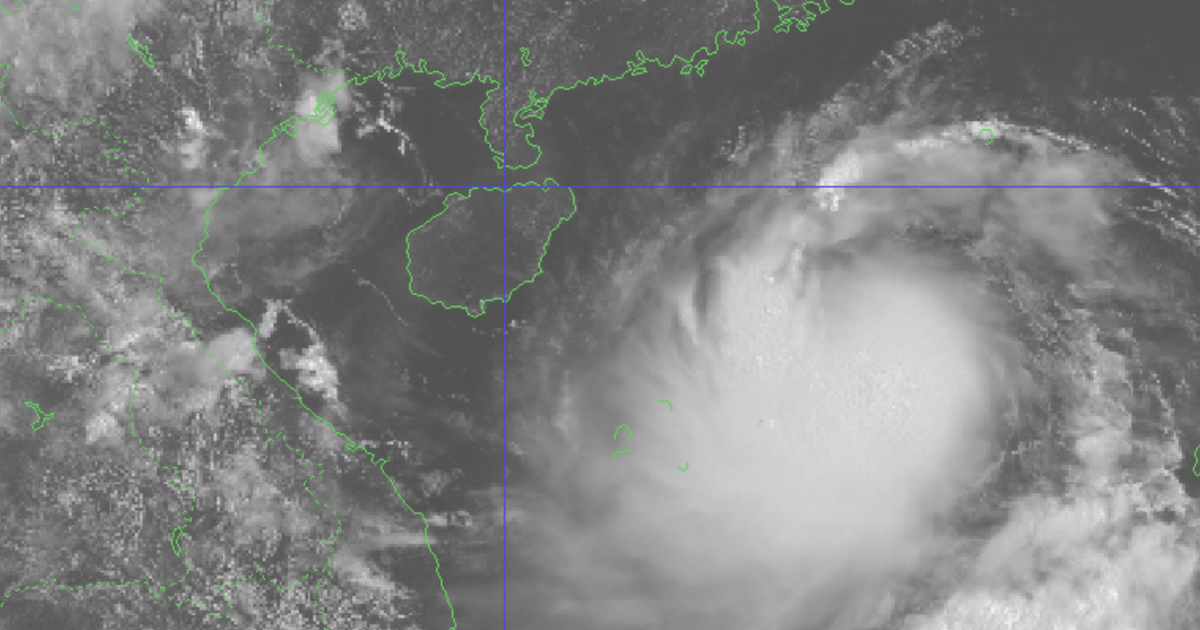





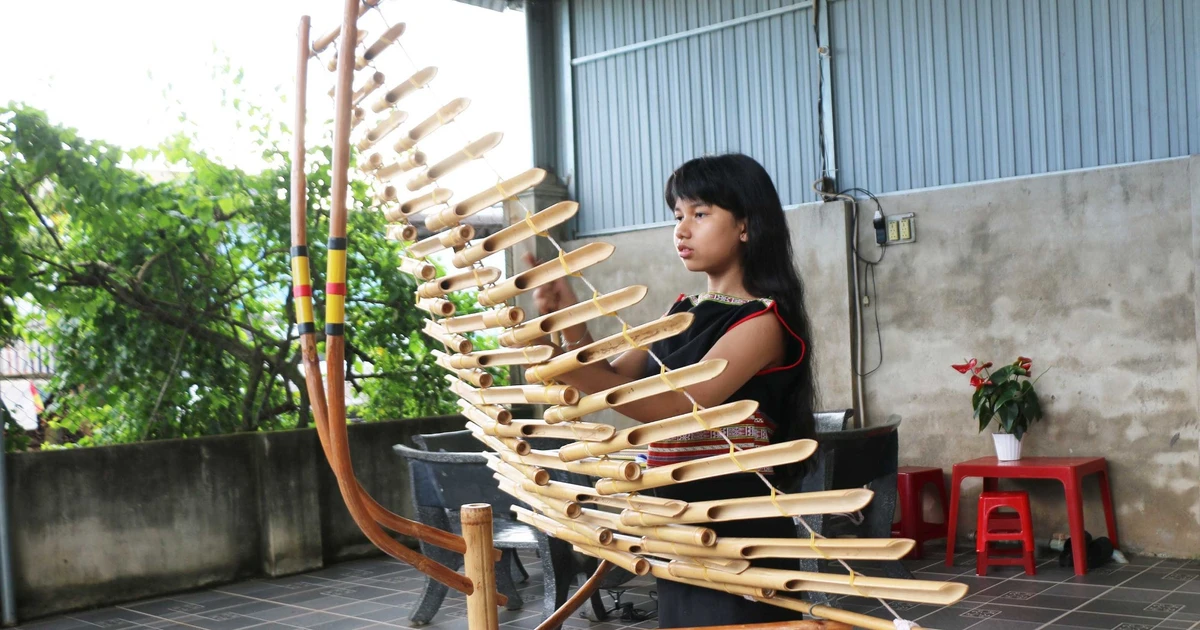

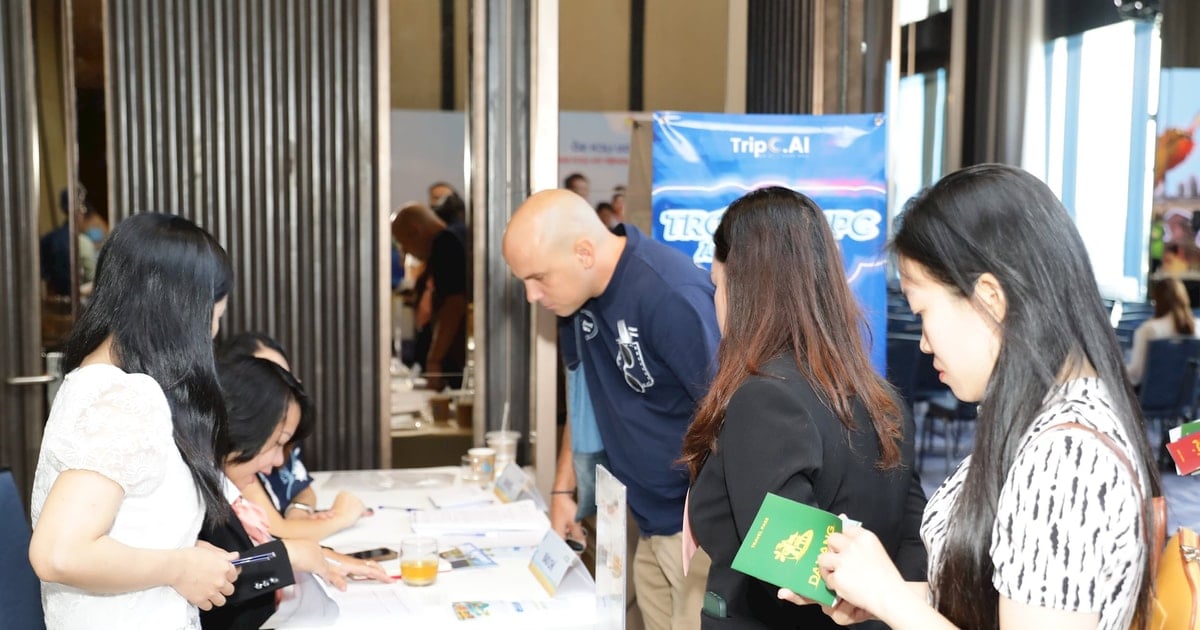






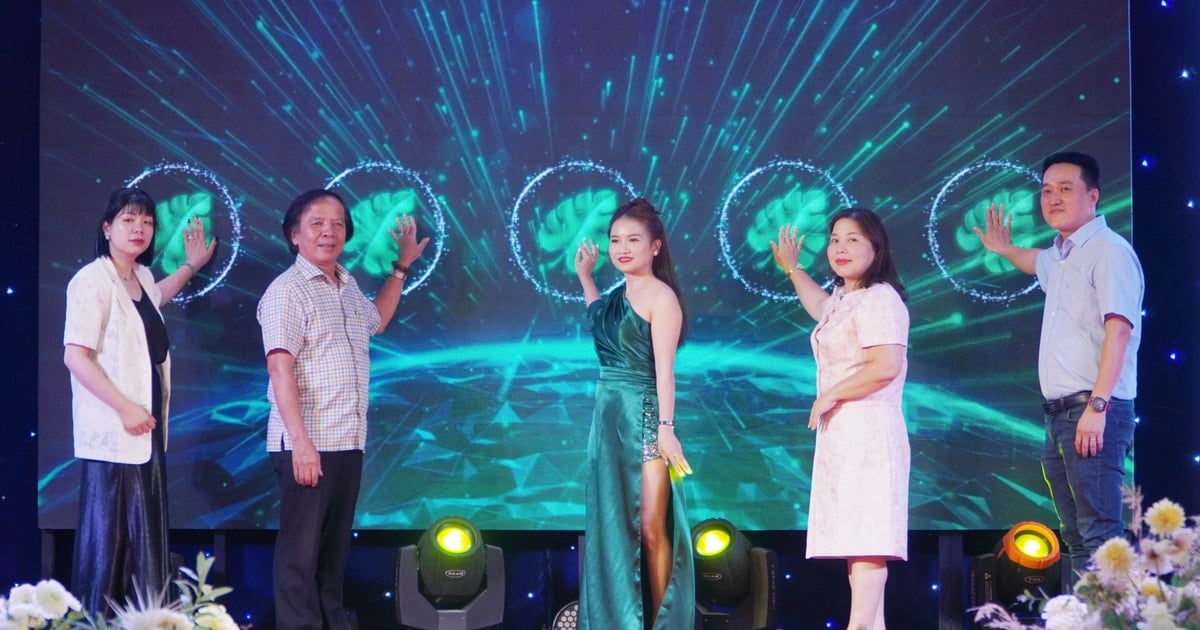









Comment (0)